Not every idea is worth the time and money to protect. On the other hand, many inventors don’t achieve maximum value for good ideas. By understanding the invention process and business strategies associated with the commercialization of innovative products, inventors can save both time and money and get the maximum benefit from their innovation.
Build a better mousetrap and the world will beat a path to your door. Many inventors have learned a costly lesson by not determining the need and market for the invention before charging off to a patent attorney. In addition to determining the market for the invention, the inventor needs to conduct a search with the USPTO to determine if the idea is very similar to other inventions. Although patentable, it may have little or no value if it is similar to current inventions or is only a marginal improvement.
Okay, so you have a good, novel idea. The question is how do you protect it while you’re trying to figure out what it’s worth. A registered letter to yourself may not work. The best way to protect your idea is to write it down or otherwise describe it with sketches in a bound notebook (not loose-leaf) and have it dated and witnessed. This needs to be done in ink with no erasers or whiteouts. The notebook will hold up in court.
The next step that you may want to take is filing a disclosure. This is formal notification to the USPTO that you plan to file a patent application. The USPTO will keep the disclosure on file for two years and discard it if no action is taken. By the way, the term “patent pending” can only be used after a patent application is filed, and misuse of the term will result in fines.
Maximizing the value of your invention starts with the patent application and a process called super inventing. This means that you need to brainstorm your invention and include every conceivable configuration, material, and application of your invention in the patent application. This process broadens the coverage and increases the number of claims.
Developing an intellectual property estate can also increase the value of your invention and broaden the protection. Developing an IP Estate starts by developing associated intellectual property protection such as a trademark, package design, copyrights, protection on assembly techniques, and manufacturing devices and processes.
Another strategy to build value is to develop an IP portfolio of complementary products. This broadens the market, brand, and visibility of all products and adds value by association.
Still, additional methods of leveraging the value of your IP are by licensing, joint ventures, collaborations, and alliances. Good advice to most inventors and small businesses is not to do it alone. IPP + RP = G. Intellectual Property Protection + Resource Partners = Growth. Strict, do-it-alone protection slows growth, narrows focus, and promotes imitation, whereas shared knowledge gains value and resources and deters imitation.
Licensing your IP will often give you the best return on your investment. Here again, there are ways to maximize the return of the licensing agreement and to help you determine royalty fees. First, know the value of your invention in terms of the size of the market, novelty, and potential gross margin. Next, know the potential licensee. Is he in it for economic or strategic value? What are his needs and strengths? Will it be easy or difficult for him to integrate the product or technology into his current business? What about the competition?
Now you need to consider the type of licensing agreement: exclusive, sole, territorial, or application. Make, use, sell, display, perform, create derivative works, and copy are each separate distinct and exclusive rights and can be separate agreements. Structuring agreements based on the licensee’s strengths, market, and geographic presence will maximize your return.
If you think that you might sell your invention and any associated technology, set up a separate company and license the technology back to yourself. This provides a clearer financial package. Protecting intellectual property should not be thought of as a single event and maximizing its value should be thought of in the context of an overall business strategy.
(Source: Robert Thiele)


